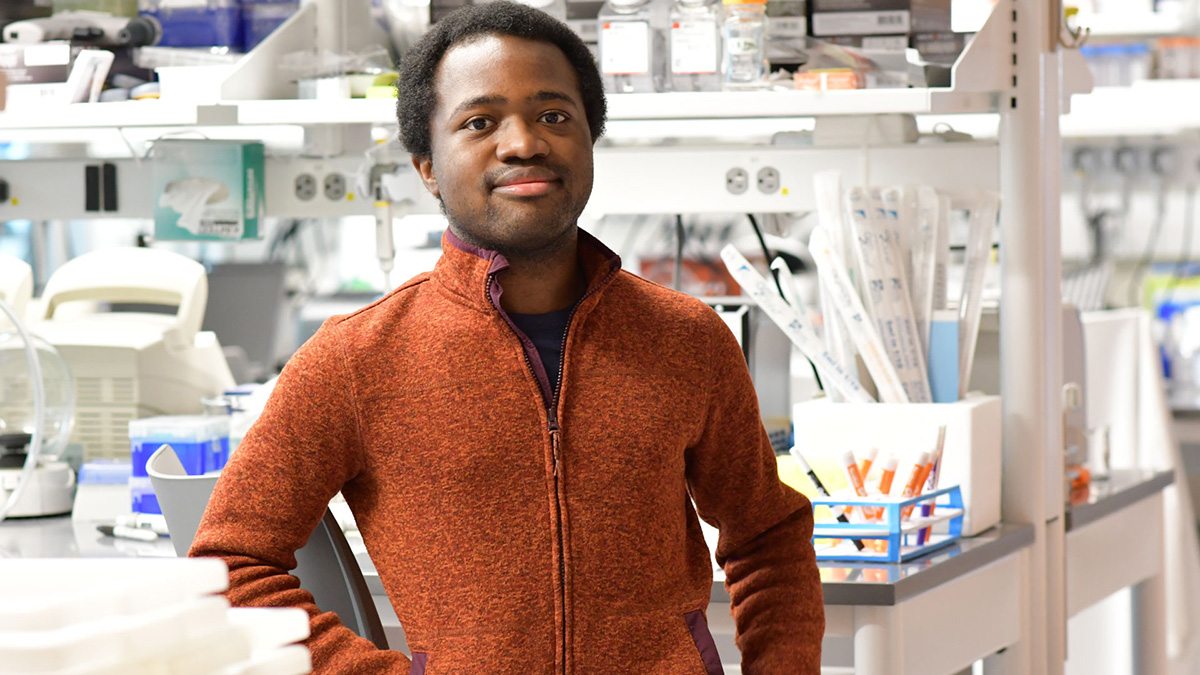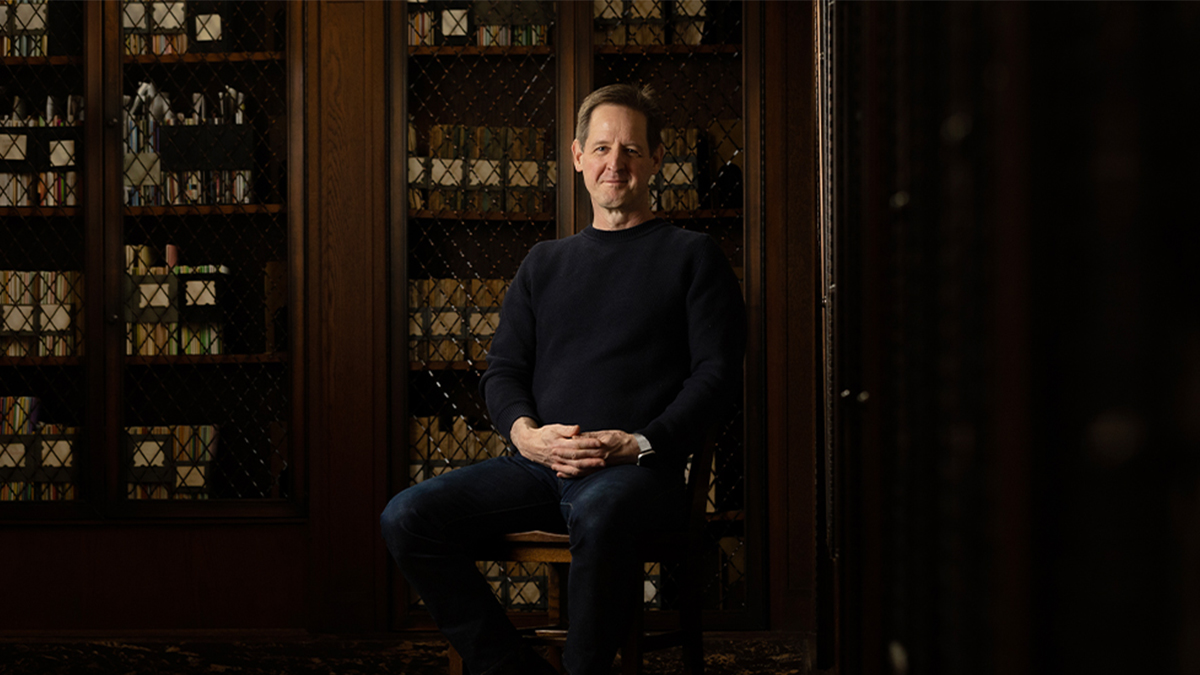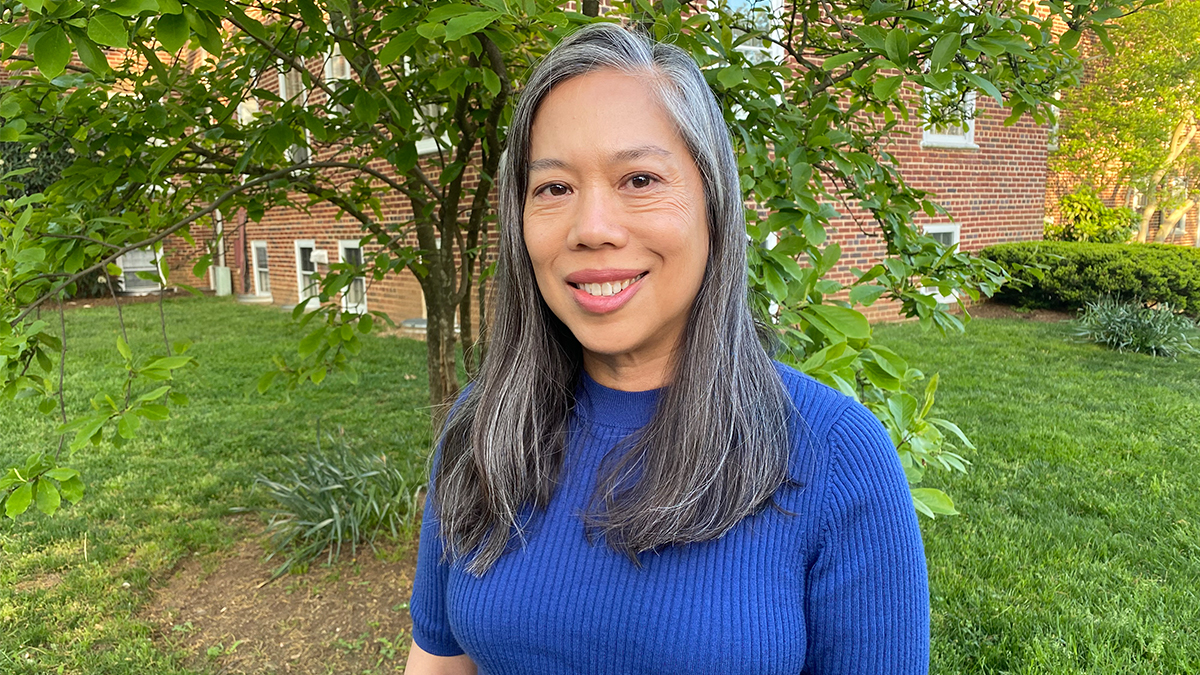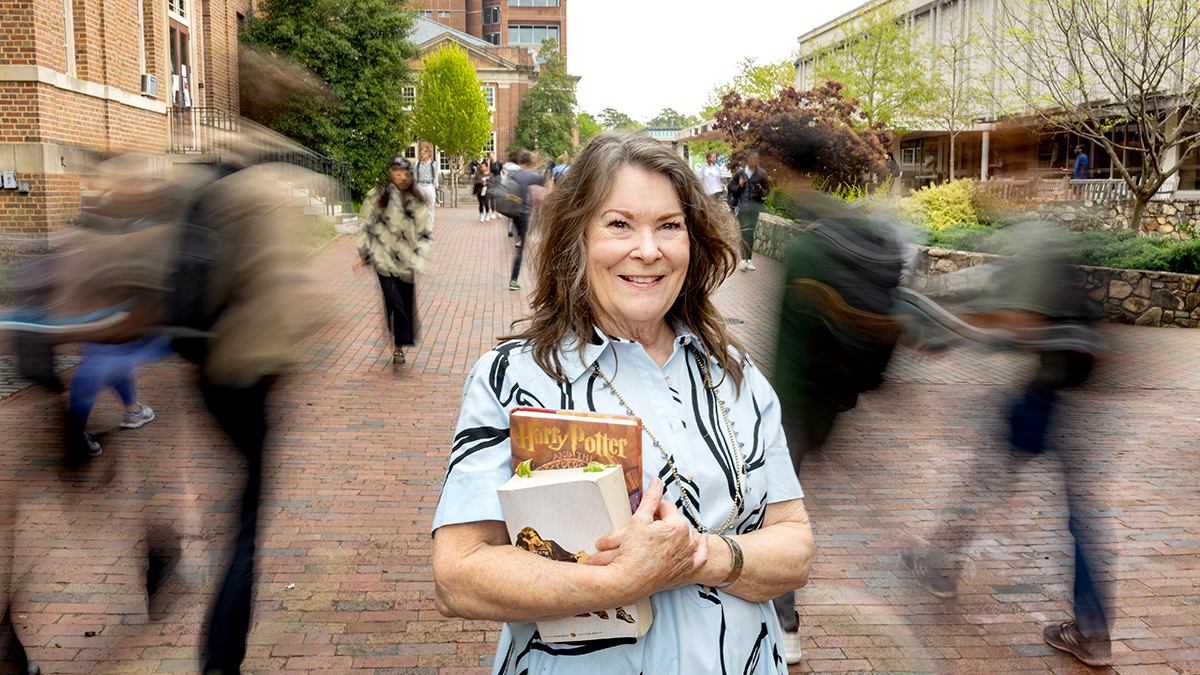How to heal a broken heart
Ph.D. candidate Jamshaid Shahir’s stem cell research is at the forefront of discovery in the field of computational biology.

“When we’re growing up, we’re often told we can be whatever we want to be,” Ph.D. candidate Jamshaid Shahir said.
Shahir’s area of research — a better understanding of the intricacies of how embryonic stem cells divide and the ramifications for what cells they turn into — is positioning him for a role in the sciences at the frontier of his discipline and for a career in computational biology.
Shahir is pursuing a graduate degree in the Bioinformatics and Computational Biology program, a subset of the Biological and Biomedical Sciences program, housed in the UNC School of Medicine. Much like how we choose what personal and professional path to follow in life, Shahir’s research broadly investigates how stem cells make decisions.
“I find it to be very analogous to our human experience: constantly evolving, changing, and reinventing ourselves,” he said.
Shahir’s research dovetails from previous research of embryonic stem cells — the cells from which the human body is created. In utero, embryonic stem cells rapidly divide and differentiate themselves to take on a specific role in our body, like becoming a skin cell, blood cell, or neuron. These differentiated cells represent what scientists call the pluripotency of embryonic stem cells, or the ability for the cells to become more specialized in the human body. There are numerous applications of embryonic stem cells, such as in regenerative medicine, but that came with ethical questions in the early 2000s.
“Embryonic stem cells are a very powerful resource since they can transform into virtually any type of cell,” he said. “A heart attack can damage or kill off many cells in your heart. Hypothetically, you can take healthy cells from a patient, convert them to artificial embryonic stem cells called induced pluripotent stem cells, induce them to transform into heart muscle cells, and then transplant them back into the patient to help repair their heart.”
Shahir’s research focuses on the basic science of better understanding how, why, and when human embryonic stem cells rapidly divide and take on more stabilized roles. He’s using imaging technology in the Purvis Lab to more clearly map the cell cycle and factors that go into reinforcing their ability to differentiate as they become more mature cells.
“We’re using mathematical tools to take this basic science problem and turn it into a math problem, that, if solved, could have significant ramifications on public health in terms of inspiring novel treatments and therapeutics for regenerative medicine,” he explained. “Being able to use my math background to help address meaningful problems like this is very fulfilling and satisfying.”
An alumnus of the University of Maryland, Baltimore County, Shahir credits a summer internship at the Rochester Institute of Technology with sparking an interest in how the principles of mathematics can be applied to the human body, such as better understanding how cardiac arrhythmias form.
“I always found it very fascinating taking a seemingly unrelated biological system and turn it into a math problem,” he said. “That’s what motivated me to pursue computational biology for my Ph.D.”
Shahir credits undergraduate experience in UMBC’s Meyerhoff Scholars Program, which has produced alumni such as fellow Tar Heel Kizzmekia Corbett ‘14 (Ph.D), to his commitment to supporting other graduate students of color through BBSP’s Initiative for Maximizing Student Development program. He’s also a National Science Foundation Graduate Research Fellow.
“What I like to see is that programs not only strive for increasing diversity in STEM, but normalizing it,” he said.
A fellow with The Graduate School’s Royster Society of Fellows, which recruits top doctoral students to UNC-Chapel Hill, Shamir said the program has been a highlight of his experience at Carolina. In summer 2022, he presented his research at the Royster Global conference held at the University of Tübingen in Germany.
“It was a really humbling experience to learn about the rigors of research in all these other fields, like classics and literature,” he said. “It better trained me to think about how I discuss my research and making it more accessible to a broad audience.”
Shahir, who is also a pianist, said he’s noticed many similarities between the field of computational biology and humanities.
“In piano, there are a lot of rules in place, but there’s also a lot of creativity in terms of improvisation and pursuing something new,” he said. “At Carolina, we’re creating new science; we’re creating new research opportunities. … “I have a much more holistic appreciation of how everything connects with each other, which I think is really beautiful.”




